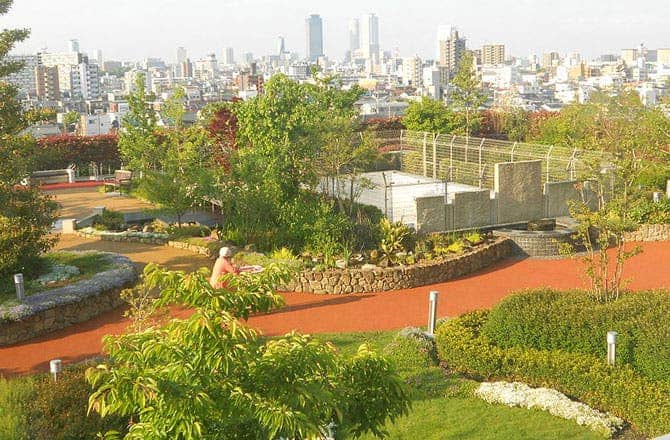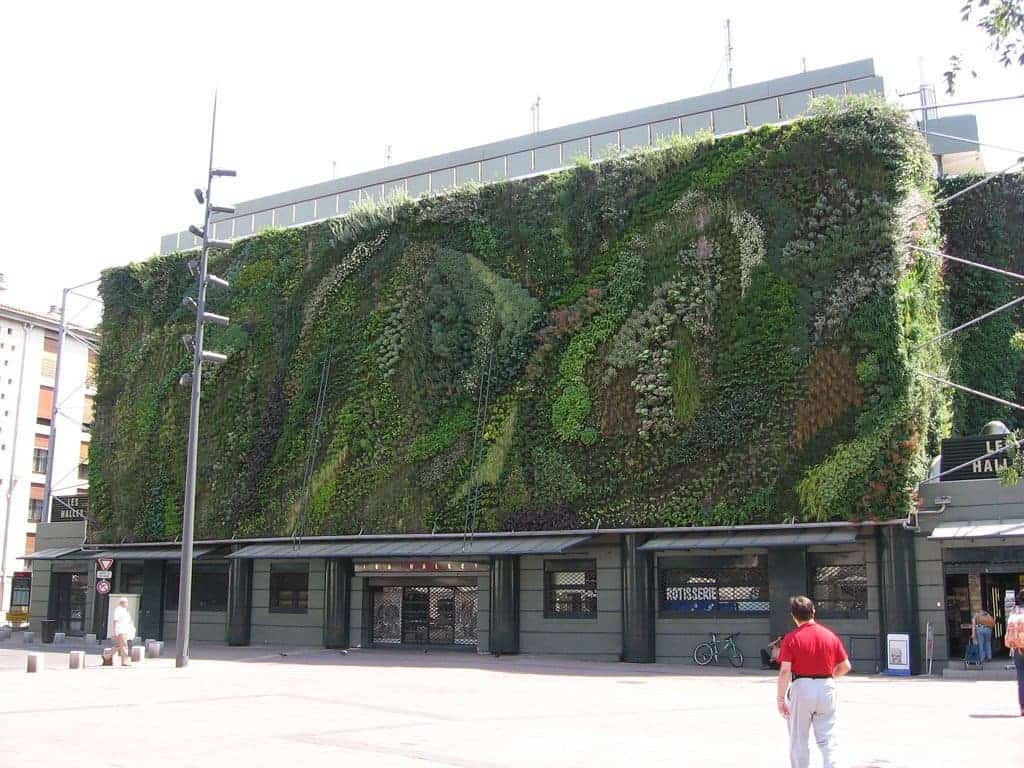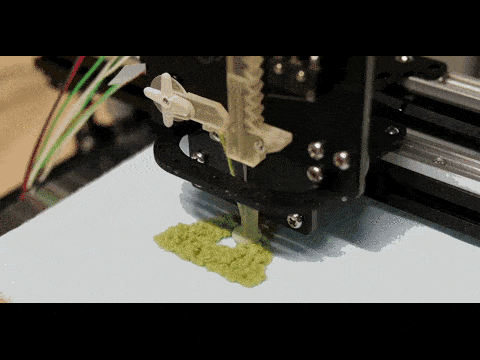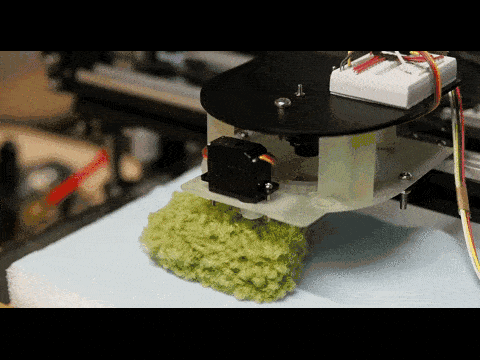3-D printing has taken the world by storm, and even though we’ve already discovered a myriad of potential applications, we’re just beginning to scratch the surface on what the technology can actually do. From cranium replacements to fossils, from artificial ears to artificial skin and from bacteria to livable rooms, 3-D printing has done it all, and more. Now, Sony computer scientist Yuichiro Takeuchi has figured out a way to print entire gardens which can then be planted on rooftops, sidewalks, empty lots or even vertical buildings. The innovation lies in the fact that this technology will allow people to create gardens without labor-intensive landscaping and planting that he thinks discourages some would-be gardeners. It would also save a lot of money and increase planning efficiency.

“The printing solution takes away much of those hurdles, and also provides a high degree of flexibility (one can print out a garden that fits snugly into any designated space) which hopefully will make hydroponic gardening more attractive for citizen living in dense cities with limited space,” explained to the publication in an email.
He started working on this with a 3-D printer and software that he originally had designed for printing fabric encasements. He added an attachment that injects fast-growing plant seeds to the yarn and made other adjustments. Most notably, the seeds are nurtured hydroponically – with a mineral nutrient material instead of soil.
He starts out by designing the desired shape on a computer, feeding the design to the 3-D printer he designed and adapted. The printer then prints yarn in the shape of your choosing, as shown below.
After the printer is done with the yarn, it then dispenses tiny seeds into the yarn, like so:
The result can work both horizontally and vertically, potentially creating dazzling displays like this one in France designed by French botanist Patrick Blanc:

Right now, the technique only works with smaller plants like watercress and herbs such as arugula and basil, but he thinks that pretty soon he will also be able to work with larger plants and even fruit-bearing trees. His current 3D printer is too slow for that large a scale, so he is building a new, faster printer. There will certainly be hurdles along the way, but Takeuchi believes that 3-D printing can fix those problems:
“The printing solution takes away much of those hurdles, and also provides a high degree of flexibility (one can print out a garden that fits snugly into any designated space) which hopefully will make hydroponic gardening more attractive for citizen living in dense cities with limited space,” said Takeuchi.

Ultimately, he hopes to fill cities like Tokyo with gardens, transforming the rooftops into green oasis. Plants have proven to increase productivity in the office and they also suck up carbon dioxide and help regulate urban temperatures. But there is also another, more poetic reason why Takeuchi wants to reinvent gardens:
“Here in Japan we love fireflies (they have a special cultural significance), but as they can only thrive in pristine environments we don’t see them in dense, built-up Tokyo,” he said. “I’m hoping that by installing a number of printed gardens on rooftops and walls throughout Tokyo, I can someday bring back fireflies to my neighborhood.”
Source: Printable Garden.
Was this helpful?





